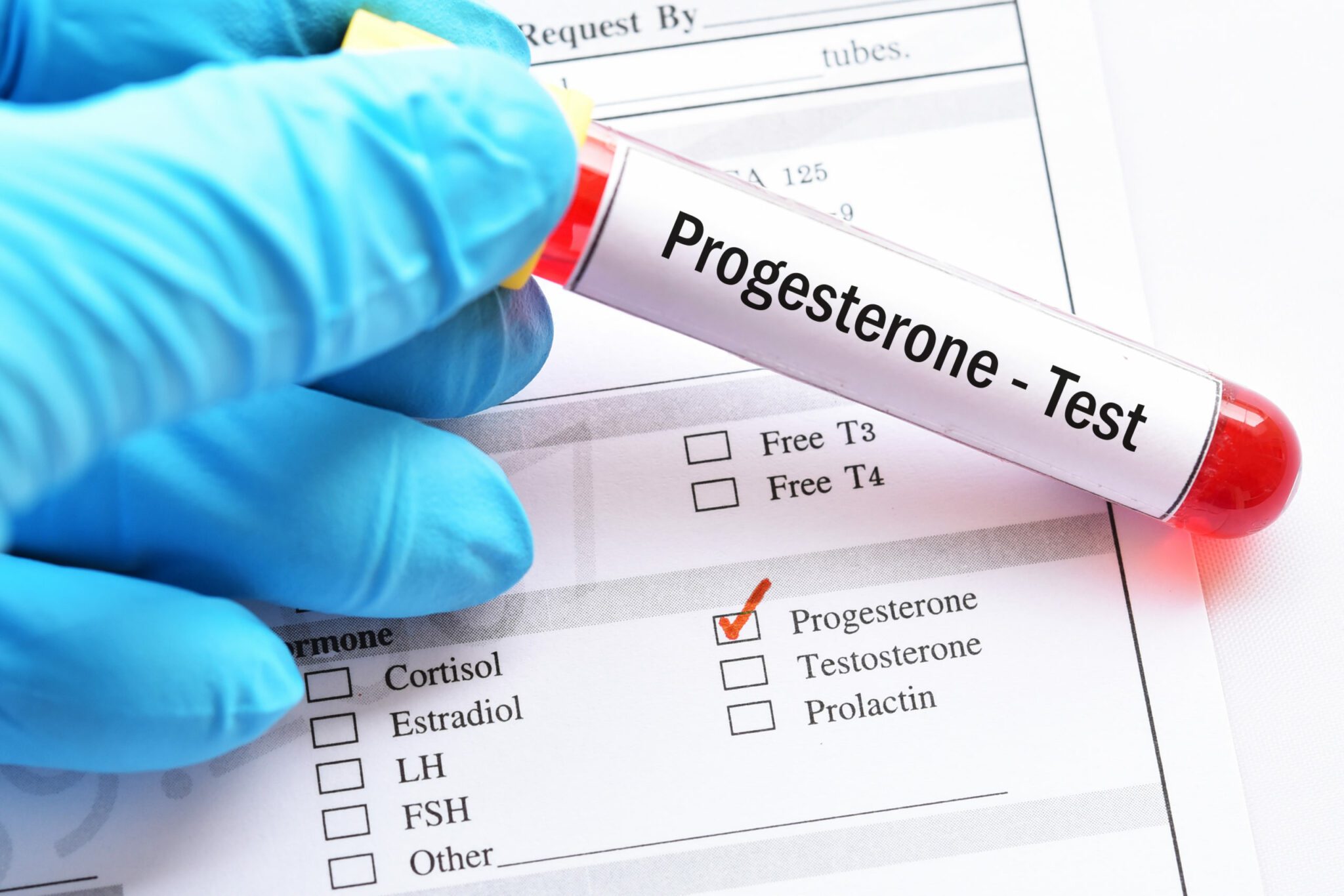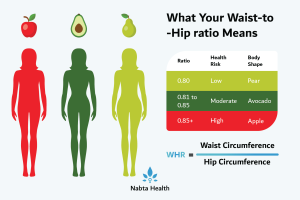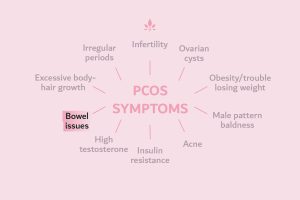الشعور بالقلق نتيجة ارتفاع مستويات البروجسترون

Are high progesterone levels causing concern? Understanding the impact of elevated progesterone is crucial for maintaining hormonal balance and overall health. Progesterone plays a vital part in the menstrual cycle and pregnancy, but when levels rise unreasonably, it can lead to different indications and well-being challenges. This article dives into the signs, causes, and suggestions of tall progesterone levels, advertising clear experiences and viable counsel to address this common hormonal issue. Whether experiencing symptoms or seeking preventative measures, powering yourself with knowledge can guide you toward optimal hormonal wellness. You’re not alone in this journey; we’re here to support you.
- High progesterone symptoms include fatigue, bloating, breast tenderness and vaginal dryness.
- Progesterone naturally increases when you become pregnant.
- Maintaining progesterone at a ‘normal’ level has health benefits, for example it can help boost your mood.
- Low progesterone levels is one of the characteristics of anovulation (lack of ovulation), which is a symptom of PCOS.
- If your progesterone levels are too high and you are not pregnant, some causes can include ovarian cysts, congenital adrenal hyperplasia and ovarian cancer.
I have high progesterone symptoms. Am I pregnant?
Measuring your progesterone levels is a good way of confirming whether or not ovulation has taken place. However, high or low progesterone can be associated with other conditions.
My progesterone is low…
One of the main symptoms of PCOS is anovulation (failure to ovulate), characterized by low progesterone. To diagnose PCOS, most guidelines state that two out of the three main symptoms (anovulation, hyperandrogenism, and polycystic ovaries) should be present. It is possible to have PCOS and also have periods that are regular.
A lack of progesterone, in addition to serving as a marker of anovulation, also contributes to higher circulating levels of testosterone, contributing to another of the major symptoms of PCOS, hyperandrogenism.
Boosting low progesterone levels has health benefits (preventing over-exposure of the uterus to oestrogen) and will serve as a natural mood enhancer.
If you are concerned that your progesterone levels are too high, find out quickly, discreetly, and conveniently by taking an at-home women’s health fertility test. The results will allow you to make informed decisions about your next steps.
But, what about if progesterone levels are higher than normal?
First, it is worth considering what is ‘normal? Progesterone levels in the serum naturally fluctuate, not just throughout the menstrual cycle, when they can feasibly go from 0 to 20ng/ml, but also on an hour-by-hour basis.
This makes defining ‘normal’ challenging. Progesterone is not present at all during the follicular phase of the cycle and will only start to rise after ovulation, reaching a peak 7-5 days before menstruation starts. This peak is often around 8ng/ml, but can be as high as 20ng/ml.
Without fertilization, progesterone levels fall swiftly back to zero for the start of the next menstrual cycle. If fertilization does occur, Chart will remain high as the hormone helps to prepare the body for pregnancy.
Symptoms of high progesterone include fatigue, bloating, moodiness, breast tenderness, and vaginal dryness, these can all be very early signs of pregnancy.
It is not abnormal for progesterone levels to reach 85-90ng/ml during the first and second trimester, dropping to approximately 45ng/ml in the third trimester as the body prepares for birth. Multiple births (twins or triplets) usually give rise to higher than average levels.
So, if your progesterone levels seem high, the first thing to consider is whether or not you might be pregnant.
I’m not pregnant; what else causes high progesterone levels?
If pregnancy is not the reason for higher than normal progesterone levels, there are a few other conditions that might lead to high levels of the hormone:
- Ovarian cysts. Some ovarian cysts occur alongside an excess of progesterone, however, which causes which is unclear. Ovarian cysts are usually benign, often form as part of normal menstruation and, unless they rupture, will generally cause few side effects. (If you have ovarian cysts you do not necessarily have PCOS.)
- Congenital adrenal hyperplasia. A group of rare inherited conditions that affect the production of hormones, including androgens, by the adrenal glands.
- Ovarian cancer and adrenal cancer. These are both rare and will usually be accompanied by other symptoms such as pain and bleeding.
To conclude, if you have high levels of progesterone, the first thing to do is re-test your chart, taking into account the tendency for fluctuations in readings.
Also, bear in mind that having healthy levels of progesterone is generally a good thing; it makes periods lighter, reduces anxiety, is anti-inflammatory, and improves the appearance of the skin and hair.
Nabta is reshaping women’s healthcare. We support women with their personal health journeys, from everyday wellbeing to the uniquely female experiences of fertility, pregnancy, and menopause.
Get in touch if you have any questions about this article or any aspect of women’s health. We’re here for you.
Sources:
Briden, L. “Roadmap to Progesterone.” Lara Briden – The Period Revolutionary, 19 Jan. 2014, www.larabriden.com/road-map-to-progesterone/.
Holm, G. “Serum Progesterone Test: Purpose, Results, and Risks.” Healthline, www.healthline.com/health/serum-progesterone. Medically reviewed by University of Illinois-Chicago, College of Medicine on August 22, 2016.
“Progesterone.” Lab Tests Online, AACC, labtestsonline.org/tests/progesterone. This article was last modified on December 28, 2018.










